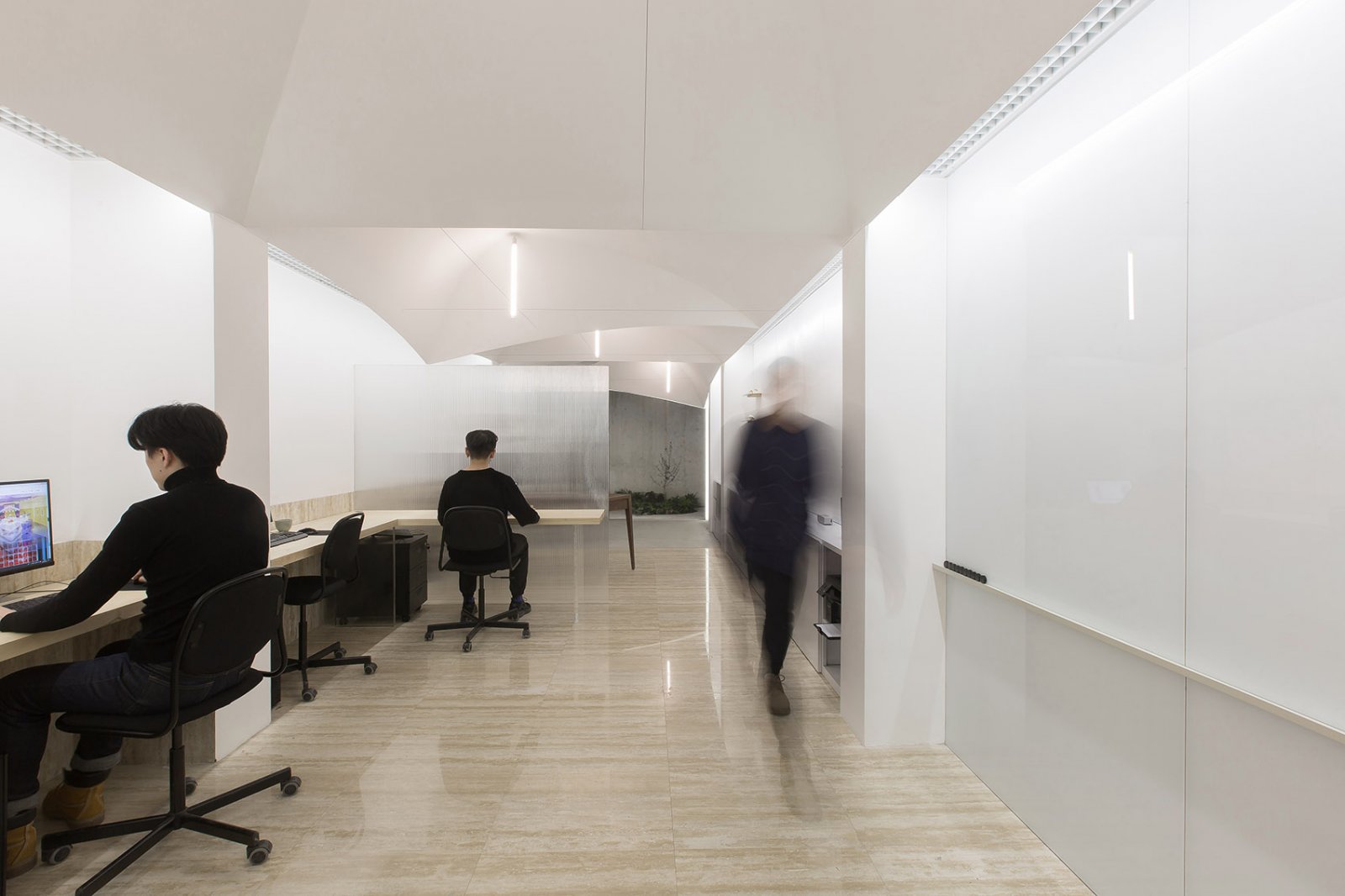Te Ara Hihiko Athfield Architects
2013-09-06 01:00
架构师提供的文本描述。惠灵顿梅西大学创意艺术学院大楼Te Ara Hihiko的设计是Athfield建筑有限公司与Dunning Thornton咨询公司和Arrow International合作赢得的设计竞赛的结果。
Text description provided by the architects. The design for Wellington’s Massey University College of Creative Arts building, Te Ara Hihiko, is the outcome of a Design competition won by Athfield Architects Ltd in collaboration with Dunning Thornton Consultants and Arrow International.
Courtesy of Trends Publishing
这座建筑位于南北轴线上,由一对垂直堆叠、高耸但重量轻的线性工作室“容器”组成,这些容器横跨悬崖,沿着等高线走下,包围着连接校园上下梯田的一条主要新的循环路线,启发了这栋建筑的毛利人名字:Te Ara Hihiko;“创意之路”。
The building is arranged on a north-south axis and comprises a pair of vertically stacked, lofty but lightweight linear studio ‘containers’ that straddle the escarpment, stepping down the contour and enveloping a major new circulation route connecting the upper and lower terraces of the campus, inspiring the Maori name of the building, Te Ara Hihiko; ‘the creative pathway’.
Courtesy of Trends Publishing
通过建筑物的中心,在浮动和接地建筑元素之间的交界处,从西到东,从高到低,都是双高空间,可以通过建筑物俯瞰。在这里,主画廊是以中心,提供了一个强有力的集中的地址,无论是上和下梯田。完整的建筑提供灵活的开放式工作室教学空间,以及小组研究空间、车间、绿屏电影工作室、画廊和多功能展示空间。
Through the centre of the building, at a junction between floating and grounded building elements, crossing from west to east, from high to low, are double height spaces that allow views through the building. Here the main gallery is centred, offering the building a strong centralised address to both upper and lower terraces. The completed building provides flexible open-plan studio teaching space as well as group research spaces, workshop, green-screen film studio, gallery and a multipurpose presentation space.
Courtesy of Trends Publishing
该结构包括世界上第一个多层后张拉木框架,位于传统的砖石和原位混凝土桥墩上,结构设计使建筑物在地震中摇摆时能够“岩石”打开和关闭,并结合了避免损坏的设计原则,允许在地震发生后尽早占用建筑物。后张LVL框架的简单性、规律性和比例消除了对上两层固定结构分区的要求,并允许广泛的空间布局,适合并随着时间的推移使用。该框架是高度铰接和表达,从内部和外部,有力地贡献了建筑的特点。
The structure includes the world’s first multi-storey post-tensioned timber frame, resting on a conventional masonry and insitu concrete plinth, The structural design enables the building to ‘rock’ open and closed as the frame sways in an earthquake and incorporates damage avoidance design principles allowing for early occupation of the building following an earthquake. The simplicity, regularity, and proportions of the post-tensioned LVL frame eliminate the requirement for fixed structural divisions on the upper two levels and allow a wide range of spatial layouts, fit out and uses over time. The frame is highly articulated and expressed from both inside and outside, contributing strongly to the character of the building.
该建筑采用了许多环境原则,包括一个低耗能的木结构,结合混凝土的压缩热质量和声学特性与木材的抗拉强度和轻盈性相结合的复合地板单元。整个建筑物也使用自然通风,集中在建筑物内的综合光和通风轴为室内空间提供额外的新鲜空气和日光。框架和地板结构中的木材外露,再加上一系列其他原材料,与雅各布·斯科特艺术雕刻天花板等艺术设施相结合,为学生创造和展示作品提供了一个坚实、质感和鼓舞人心的框架和氛围。
The building employs many environmental principles including a timber frame with low embodied energy, composite floor units combining the compressive thermal mass and acoustic properties of concrete with the tensile and lightness of timber. Natural ventilation is also used throughout the building, and combined light and ventilation shafts centrally located within the building provide additional fresh air and daylight into the interior spaces. The exposure of timber in the frame and floor structure, in combination with a range of other raw materials, integrated with art installations such as the Jacob Scott art carved ceiling panels, provides a robust, textured and inspiring framework and ambience for students to create and exhibit work.
 举报
举报
别默默的看了,快登录帮我评论一下吧!:)
注册
登录
更多评论
相关文章
-

描边风设计中,最容易犯的8种问题分析
2018年走过了四分之一,LOGO设计趋势也清晰了LOGO设计
-

描边风设计中,最容易犯的8种问题分析
2018年走过了四分之一,LOGO设计趋势也清晰了LOGO设计
-

描边风设计中,最容易犯的8种问题分析
2018年走过了四分之一,LOGO设计趋势也清晰了LOGO设计
























































